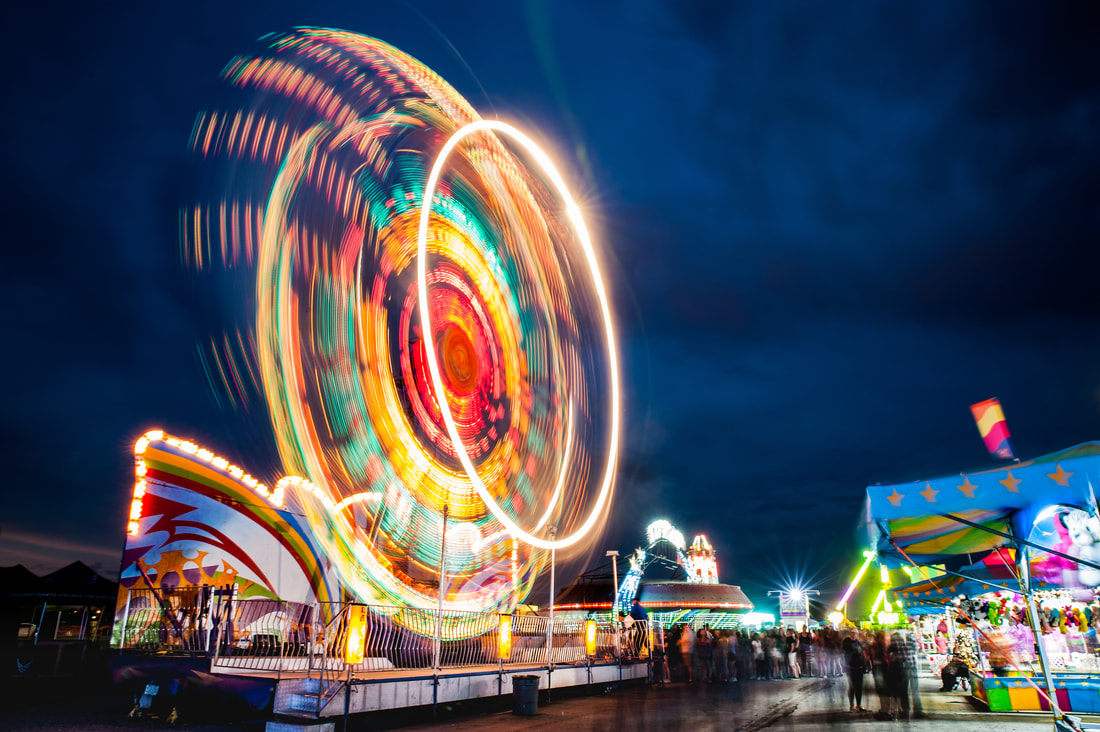On view in the East Gallery from 21 April to 4 June 2023
The Rourke Art Gallery + Museum is pleased to present Still There is Light, which features photographs by Shane Mercer.
• An exclusive Member Preview will be held from 6:30 to 8 p.m. on Friday 21 April 2023.
• A Public Opening will be held from 1:30 to 3:30 p.m. on Sunday 23 April 2023 with a 2 p.m. gallery talk.
• An exclusive Member Preview will be held from 6:30 to 8 p.m. on Friday 21 April 2023.
• A Public Opening will be held from 1:30 to 3:30 p.m. on Sunday 23 April 2023 with a 2 p.m. gallery talk.
|
Shane Mercer was born in Louisiana and grew up in Tennessee. One of his first cameras was the pinhole rig that he and his father built when Shane was a child. Now he lives in Fargo, ND, with his wife, Amy, his twin daughters, and his son. "Photography has brought me so much joy," says Shane, "It is a craft that blends documentation and art, luck and skill, the technical and the aesthetic."
|
|
ARTIST STATEMENT
This show focuses primarily on low-light photography. In fact, most of the images in this show were captured at night. Low-light photography produces a very different look than does photography done in more conventional lighting. Because there's less light, it takes longer to produce the image (it requires longer exposure times). These longer exposure times allow for strong "streaming," "stretching" and blurring of objects that are in motion while the photo is being taken. Further, the longer exposure times (time that the camera shutter is open and the camera is capturing light from the scene) means that you are capturing a series of moments rather than a split second as is the case with photography in conventional light. As a result, the viewer can see a range of time in a single moment when looking at the photo. In a sense then, it's sort of a mix of photography and video. It's sort of like a video clip all squished into a flat, still image. Low light photography also tends to produce dramatic colors and contrast. The hard blacks of unlit areas in the photo accentuate the brighter, more colorful areas of the image. And the colors themselves just seem more vibrant in their own right. Maybe that's just an effect of the juxtaposition to the hard black hues, but I tend to think it's probably more than that. Maybe because the camera is collecting the light for a long time, it somehow looks different than when seen with the naked eye. This is a little more technical, but I think another thing that makes long-exposure, low light photography interesting is the fact that - at least in the way I do it - you can shoot a small aperture setting, which produces a greater depth of field (meaning that more of the image is in focus as opposed to some of it being blurred). It seems counter-intuitive because, if you're shooting in lower light, it would seem like you'd need a larger aperture opening. But, because you're already doing a long exposure and you're on a tripod, you can just add more exposure time rather than trying to get the necessary light via a larger aperture. To put all that technical mumbo jumbo into a nutshell, it seems to me that the effect of this greater depth of field is that there's a clarity to the photo, in which the foreground as well as things at a great distance are all in focus. And I don't think that's usually how our eyes work. If we look at something close, the stuff in the distance is blurry and vice versa. Maybe that adds a sort of unreal feel to the image and allows you to look at a scene in a way that we usually don't with the naked eye. So the compression of time, the dramatic light/dark contrast, the vivid colors, and that alteration of the way depth appears to the eye - this produces an image that is unusual and really striking. Or, at least that's what I'm going for. I hope it turns out that way. Furthermore, most of the subjects in these images are commonly-seen objects (e.g. boats, vehicles, grain bins, fair rides). But capturing them in a limited-light environment allows the viewer to see these common objects in a new way, with new eyes. My hope is that the images are beautiful and interesting and make the viewer feel something. And I hope that it reminds the viewer of the wonder of the world around them - that the world we exist in really is wonderful and marvelous (in the deepest sense of those words), but, sadly, we become bored with it because we are always with it. I'm reminded of the quote by GK Chesterton: "Fairy tales say that apples were golden only to refresh the forgotten moment when we found that they were green. They make rivers run with wine only to make us remember, for one wild moment, that they run with water.” That experience of wonder is really more important than the technique. —Shane Mercer, 18 April 2023 |







